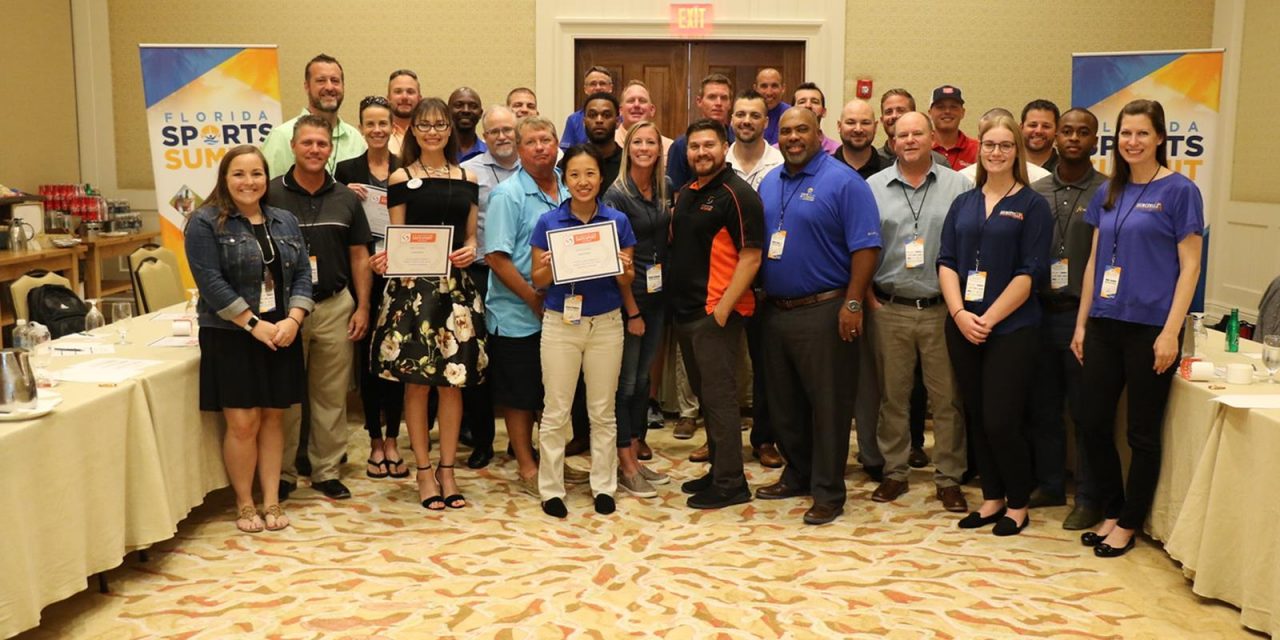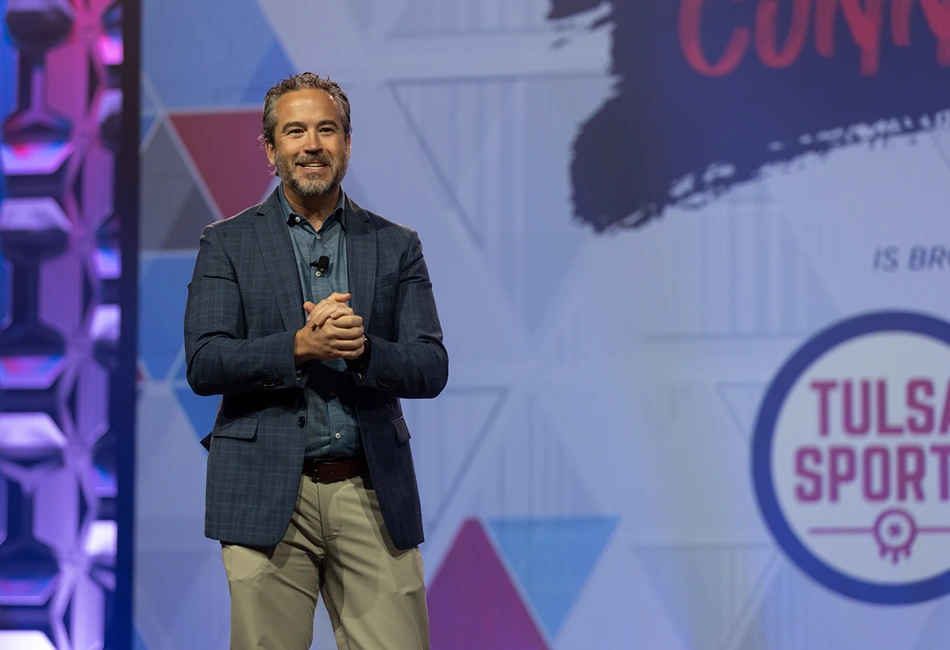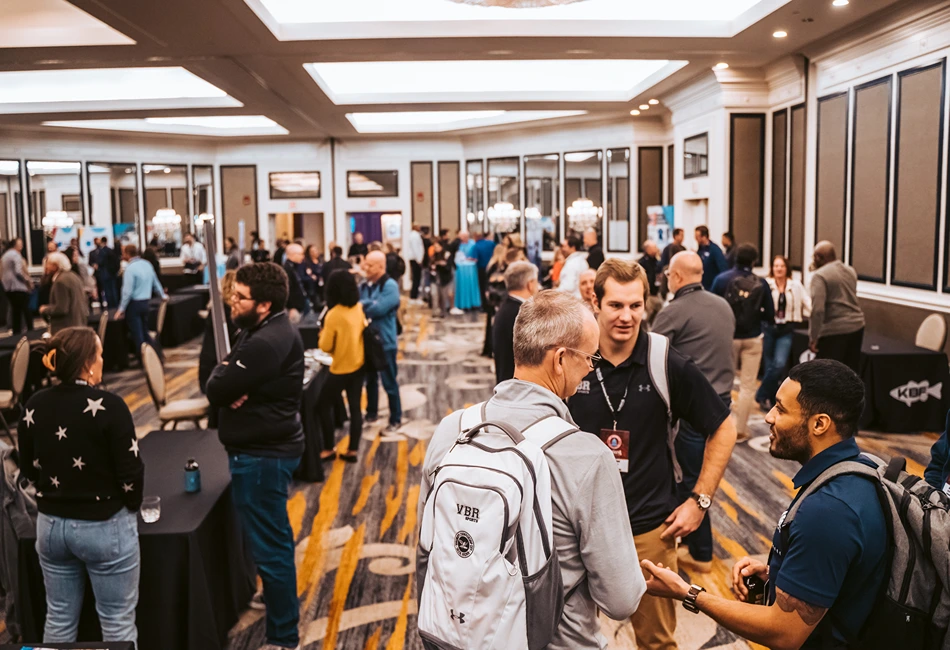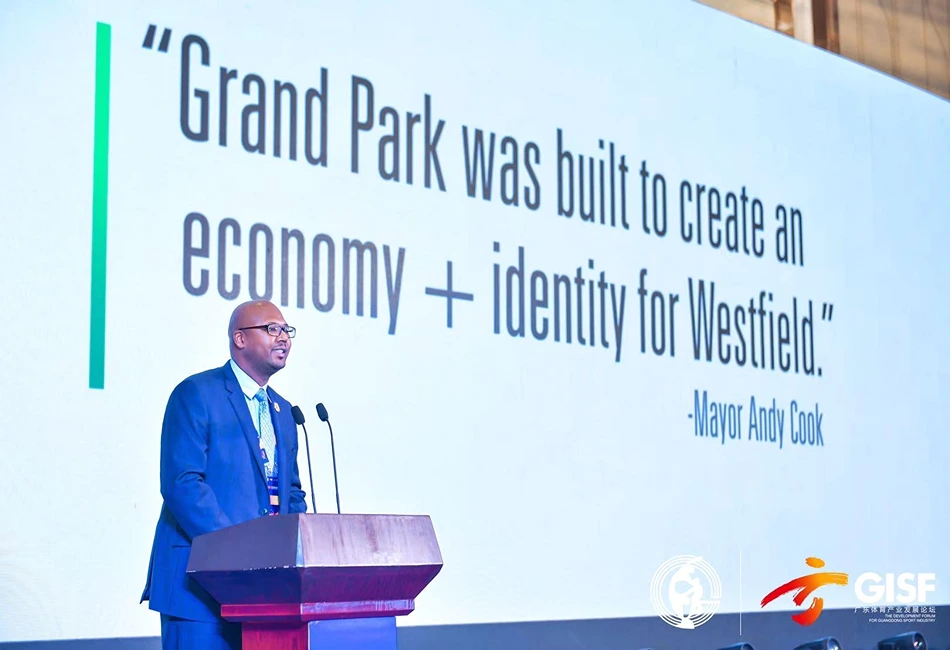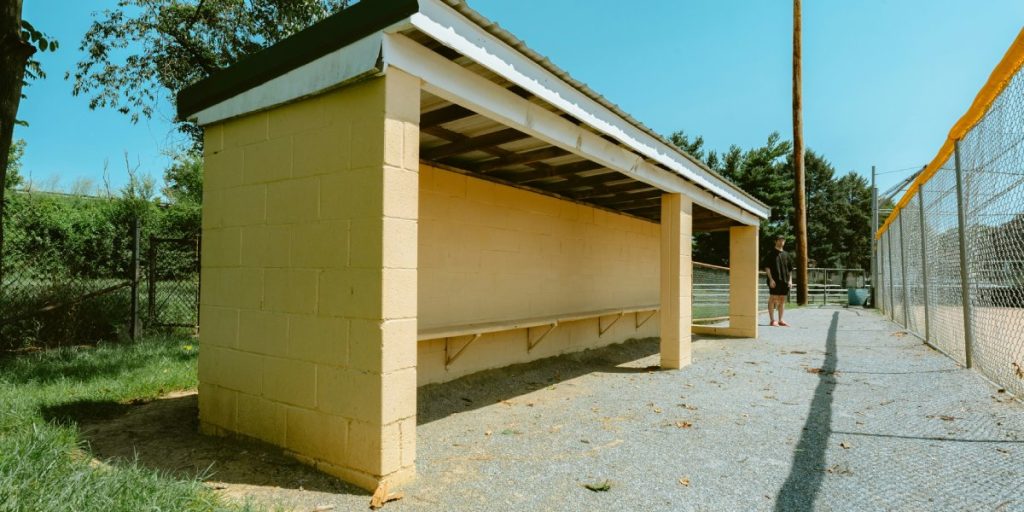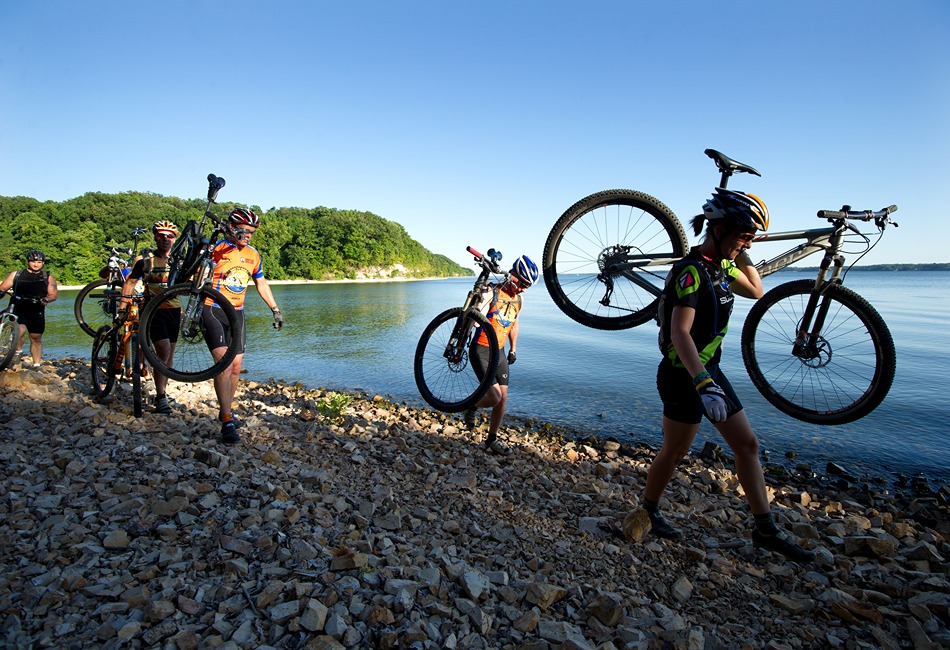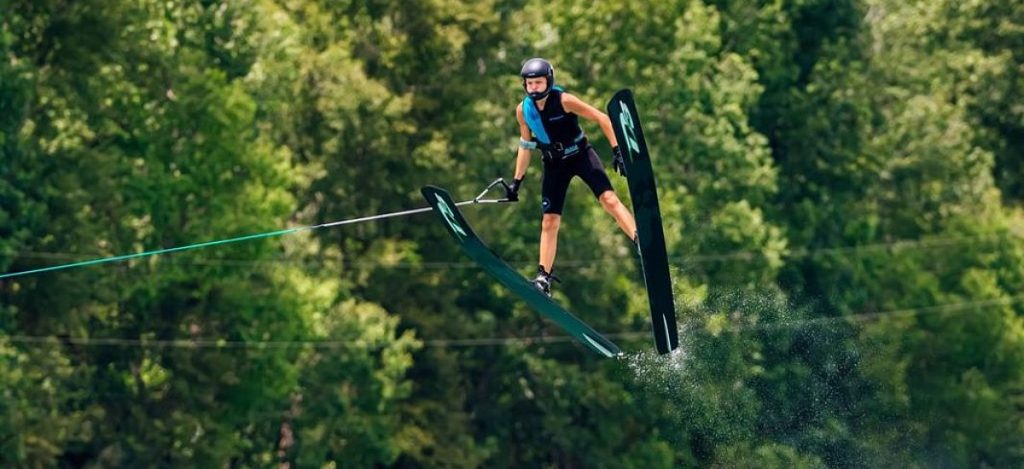CEO Ju’Riese Colon’s experience has served her well as SafeSport rapidly expands its role in preventing abuse in athletics across the U.S.
Ju’Riese Colon had a successful 20-year career guiding mission-critical youth organizations before taking the leadership role at SafeSport in the summer of 2019. Her experience has served her well as SafeSport rapidly expands its role in preventing abuse in athletics across the U.S.
Sports Planning Guide: What attracted you to Safe Sport in the first place?
Ju’Riese Colon: I was with the National Center for Missing & Exploited Children for about 15 years. There I focused on some of the tougher issues like abduction, exploitation, online derogation and extortion. Spending that much time specifically on those issues, particularly how to educate the public, I think was a good foundation for this new role. When I was with Boys & Girls Clubs of America, I had the opportunity to lead risk and safety management in our entire movement, which included 1,100 independent 501(c) (3) safety organizations in 300 locations and about four million kids.
SPG:What skills did you learn along the way?
JC: I learned I had to monitor everything related to safety. Not just abuse prevention and education but also emergency preparedness, accidents and how you communicate to the public. It was a very complex environment. We had 1,100 CEOs and their independent boards,and every one of them had their own idea of what would work for them. I thought SafeSport was a perfect combination of what I’d been doing for the last 20 years, rolling my experience into the organization’s
movement. I had watched SafeSport for some time because of the line of work I was in. To see this organizational opportunity open up was a real privilege for me.
SPG: SafeSport is a much smaller organization internally than some of your prior work experiences, correct?
JC: Yes, absolutely! I had a lot more support services in my other organizations because we were around a long time. Coming into SafeSport, having been opened for only three years, there were some things that simply didn’t exist, and so the internal structure really had to be addressed. When we first opened, we only had four employees, and now we have 40. We’re expecting to have up to 85 next year. So for me it was about putting in the infrastructure to support the growth. I think the other piece that has been very surprising is how few resources the organization has to help support this movement. You’re talking about 13 to 18 million people who have served in this movement, and we’ve got 40 people, half of them doing investigations, so that certainly has been challenging. One of my big goals is not just how we sustain, but how do we hire enough people to meet that demand, because the demand is certainly growing. When we opened, we were getting 139 calls a month, which was significant for that time,but today we are up to 239 a month.
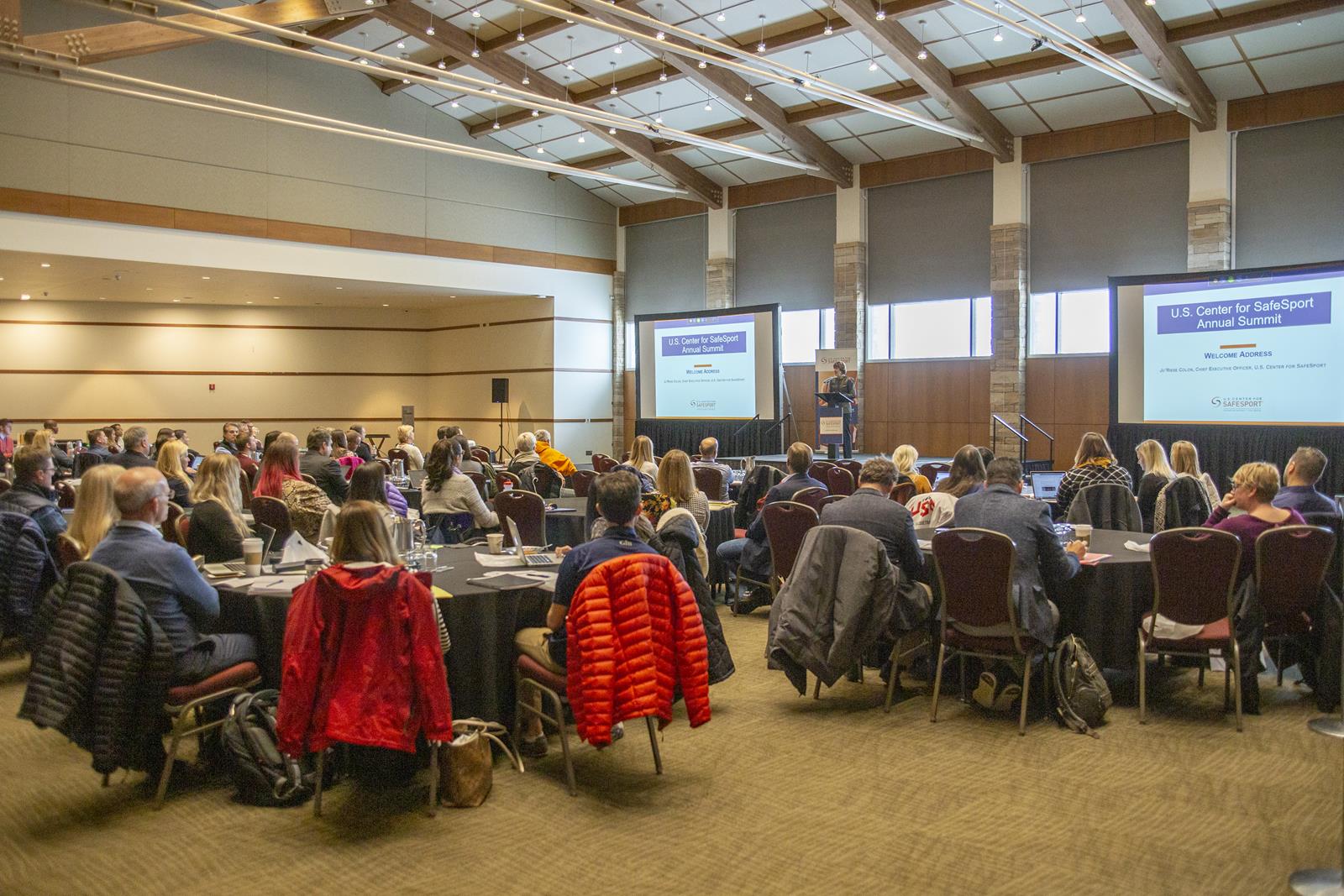
SPG: Regarding correlations between the reported cases of abuse, in an ideal world you would hope those reported cases would increase but also correlate with a decrease in the frequency abuse. Have you noticed any frequencies like those?
JC: Right now we are seeing steady increases month-over-month, year-over-year, and I think that can be attributed to the fact that we are more well-known. There was never a place for people to report, and there also wasn’t a concerted effort to educate the community around what is acceptable and what is not. At some point we do anticipate those numbers to actually go down, but it might take some time. If you look at a bell curve versus the investigation and the amount of people that we are educating, we start to see it leveling it off. Hopefully in the next three to five years, and that’s aggressive, but I will say we are already starting to see some reports trending that way. When we have people who understand what abuse looks like and what good behavior looks like, we are going to start to see more of those types of reports. That isn’t to say we aren’t getting some of the most egregious allegations of abuse, because we certainly are, but I think the reporting is starting to change.
SPG: Have you noticed in your research thus far one particular kind of abuse, be it physical, sexual or emotional?
JC: Yes, the majority of reports that we receive are sexual abuse. We are starting to see increases in emotional abuse reports and some physical, but sexual abuse remains the top reported allegation. I think that is attributed to a number of things. We’re starting to talk more about this as a community and as a nation. You can turn on the TV and see where high- profile people been accused of some form of abuse and even go to jail. People are starting to recognize abuse when you have these high-profile occurrences that play out in the media.
SPG: Talk about your partnership with the USOC. How did that first come about? Are there any other organizations or model that you have used with them that you are planning on implementing elsewhere?
JC: The USOC and the governing bodies were integral in the establishment of the center for SafeSport. They provide a significant amount of funding for us to be able to operate, and we work really closely with them, particularly when it comes to helping NGBs and USOC improve on athlete safety in general. We are one of two organizations that fit into this model. The other is United States Anti-Doping Agency (USADA), and they’ve been around far longer than the center has. For us, we try to work as closely as we can while still having jurisdictional authority over them, which is a little bit complicated. We are still working on some of those bumps that have come up over the years, but I think we have a pretty good working relationship with them to identify what needs to be done, particularly when it comes to holding organizations accountable. I certainly think as we look to the future in what SafeSport is able to do, a lot of folks have asked us, “Can you take on reporting for other organizations like AAU or local parks & recs?” That’s certainly on the table. I think it’s something for us to consider, but right now our focus is really getting one big movement in order.
SPG: Your website states that you send trainers out to organizations to meet with coaches. How do you find those people in the first place?
JC: We have an in-house training and outreach team that works specifically with our NGBs, whether it’s going to be how to investigate investigations, how to report allegations of abuse or prevention. Our education outreach team has decades of experience in communicating information to the public, training law enforcement and educators, but we also work inside the military as well as really complicated systems like the Olympics, so we take that part of our job really seriously. The education piece for us is really critical because it’s going to be the only way that we are going to reduce incidents, and those folks are thoroughly vetted by us. We also do a lot of training online because there are so many people we cannot simply get to, so we rely on our online training at SafeSport.org.

